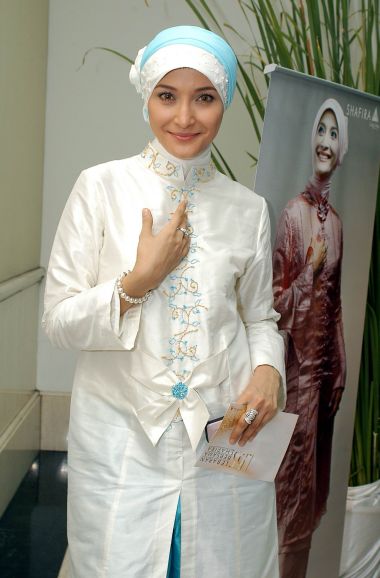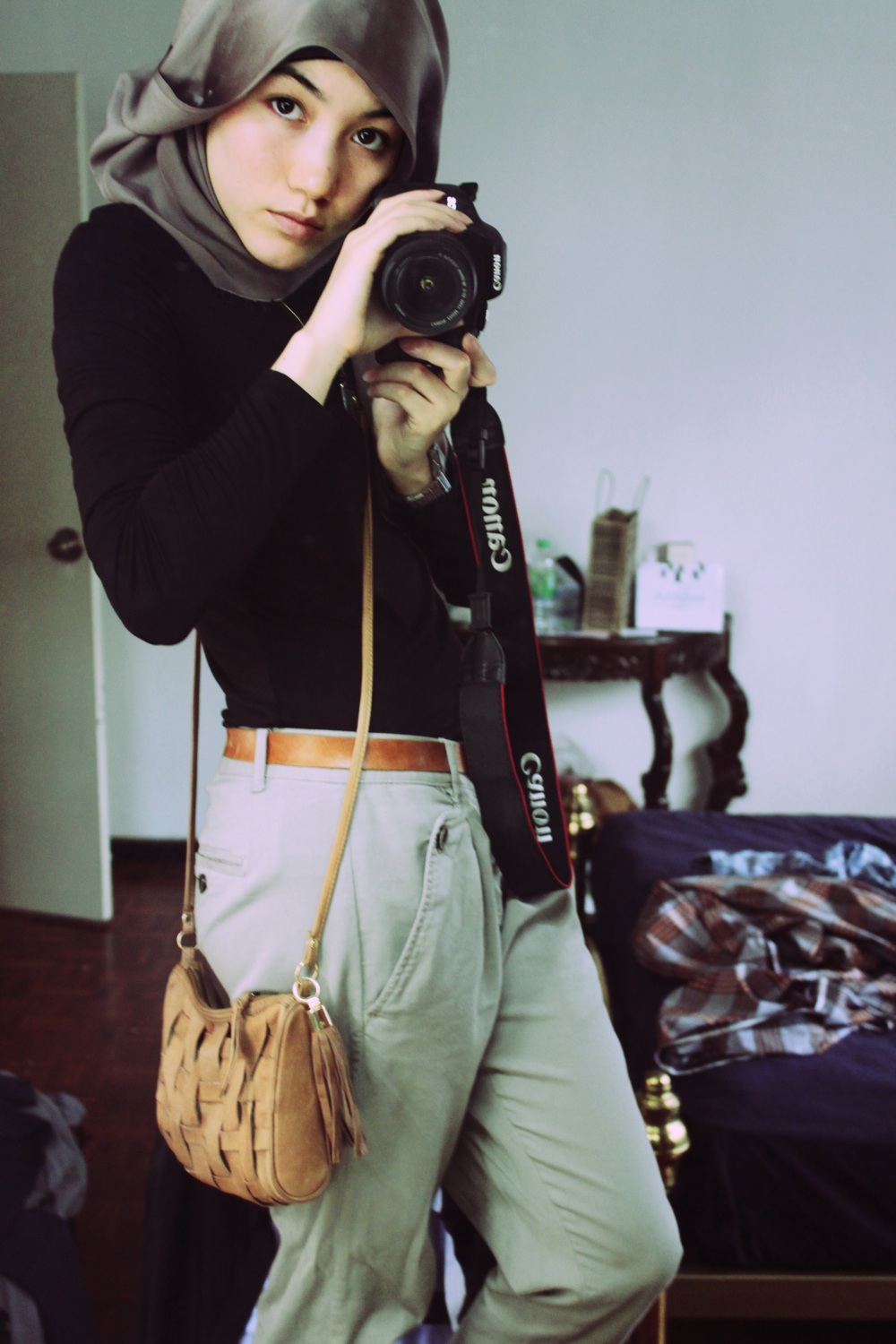Muslim women started wearing hijabs or other head coverings
centuries ago in order to keep in step with the modesty taught by their
religion. However, with the passage of time, people started embracing
the westernized way and covering the head no longer remained the center
of focus for a number of Muslim women. Some named it liberation, others
named it modernization. However, when a few years ago the Non Muslim
world created a misconception about hijabs symbolizing radicalism. At
that point, a vast majority of Muslimahs become more conscious of
restoring their religious as well as ethnic identities and reverted back
to the use of head coverings for themselves. Today regardless of what
country they are in, Muslim women globally have embraced more modest
ways of dressing including the use of jilbabs, abayas and most of all
hijabs.
There are a number of famous Muslim women that also
endorse the fact that covering the head is not a sign of oppression or
fundamentalism. In reality, these women cover their heads to please
Allah swt, who is the creator of the entire mankind. From news anchors
to political activist, scholars to scientists, a large number of famous
Muslim women proudly wear their hijabs in public and feel more confident
while covering their heads.
Islamic beacons such as Khadeejah,
who was a famous businesswoman during the prophet's time and later
became his wife; Fatimah, the daughter of Prophet Muhammad (PBUH); Asma
bint Abu Bakr, the daughter of one of the closest friends of the Prophet
Muhammad (PBUH), are the paragons for Muslim women. However, they were
much later followed by powerful women such as Zaynab-al-Ghazali, who is
an Egyptian Islamic Activist. She strongly supports the rights of Muslim
women including their right to dress conservatively. Maryum Jameelah is
another prime example of the modern women supporting headscarves.
Maryum was the first American Jewish woman to convert to Islam. She then
followed the teachings of Islam to the core and in addition wrote
numerous books about the concepts of Islam. Her work is well read and
appreciated equally by Muslims and non Muslims around the world. The
former president of the Islamic Society of North America (ISNA), Mrs.
Elkadi, is another prime example of a modern day muslimah who is never
seen without hijabs. She actively worked for ISNA and promoted modesty
and decency for the young Muslim women living in America.
These
are just a few examples of the current day Muslim women who are neither
afraid nor ashamed to wear hijabs in all circumstances. In fact they
wear them with pride and feel honored to be educated and successful
women that can make an impact on others as well as lead by example. As
more success stories are publicized about women in hijabs, it will have a
great and positive impact on the next generation, promoting the
feelings of morality and uprightness about Islam!








